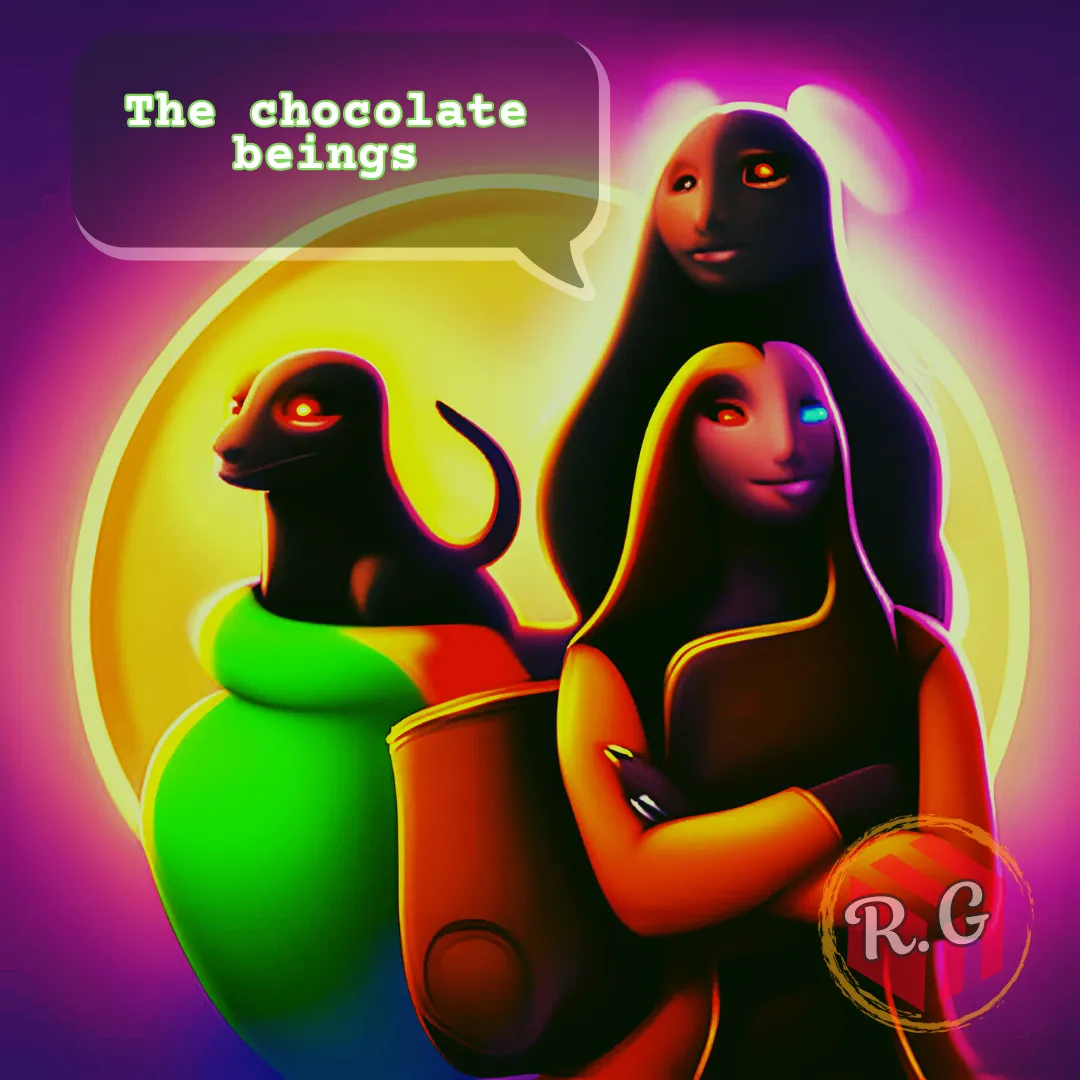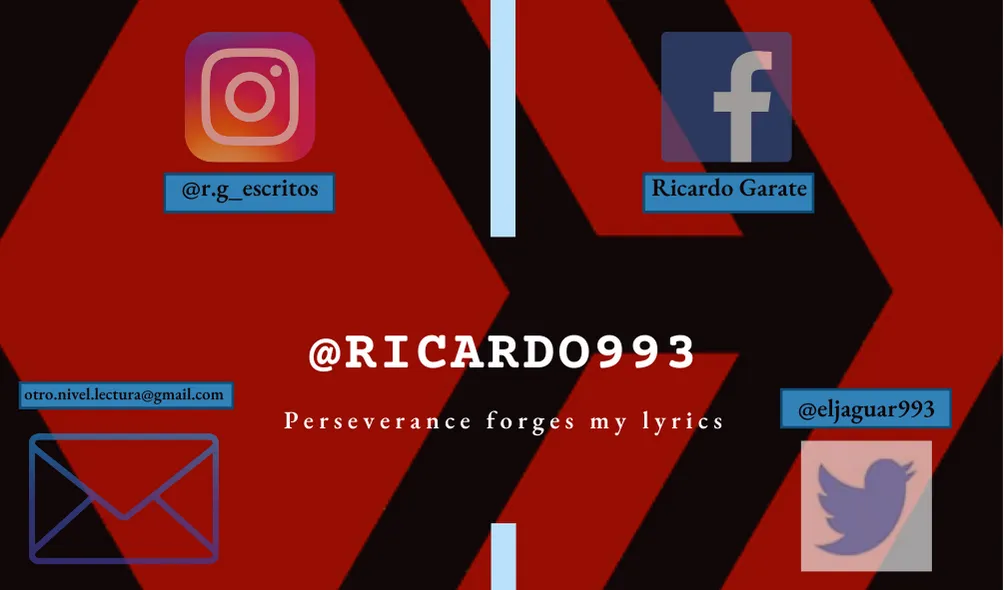

The chocolate beings gathered to decide what to do. Their world was on the brink of collapse. Their entire society would vanish in a few years if they didn't decide what to do with the time they had left. The wisest of their people gathered and began to plan, knowing that science could be a possible salvation for their race.
The sun was approaching the planet's orbit. Every five years, the orbit would get closer, causing the chocolate beings to die. Their bodies were made of pure chocolate, but the temperature on the planet was optimal for them to have a physical form without melting. Not only were they made of pure chocolate, but they also could modify the structure of their bodies at will, allowing them to be flexible and versatile. In addition, they contained a mixture of hazelnuts, milk, emulsifiers, and oil that gave them these properties.
The fact that the sun in their planetary system was going out of orbit was still unknown to them. They only knew that it happened and that it had consequences for the planet's climate. Temperatures were rising, and their entire world could come crashing down because their land made of chocolate and minerals would melt. The golden seas of oil were suffering from the melting of the white chocolate mountains, and in some parts, the oceans were no longer golden but had a whitish tone that caused environmental damage to the living beings that inhabited there.
It was difficult for the chocolate beings to investigate their planetary system. Their advanced science was dedicated to producing food for their species and artificially breeding more chocolate beings. They did not study the origin of their world, nor did they question why they existed in the universe. Their only objective was to have enough resources such as carbon-cultivable cocoa powder lands and silicon milk forests, which were the primary ingredients to produce more chocolate beings. However, due to the proximity of the sun, forests were ablaze, and fields of cultivation were melting, causing more chocolate beings to die each day.
It was at that moment that they began to study the stars. They diverted their interest from food production and life creation to survival. The development of techniques to create new flavors and textures, as well as the variety of machinery they possessed to process and store food, was diverted to creating special ships destined to send them out of the planet.
These ships had to recreate their world, with low gravity and cool temperatures so as not to melt their bodies. The idea of leaving their planet did not appeal to them, as it was a small planet that met the requirements for their world to accommodate their species. In the years to come, they did not find a planet that suited their purposes. They found seas of sulfuric acid, hydrogen oxide, and sodium chloride, among many other elements, but none that could recreate theirs.
However, they did not give up. They created genetic engineering that developed organisms capable of producing the materials needed for special ships. These processed the few materials that the planet possessed, such as gold and silver, to make heat- and corrosion-resistant metal alloys. In addition, taking into account the fuel for the displacement of the spacecraft, they chose plasma engines, as well as an alternate means of transportation that would be solar sails. These plasma engines would feed on the most common gases in the universe, which would be hydrogen and helium. This means of transport would take them considerably away from their sun and planet, and solar sails would work to move them after they had moved far enough away from danger, taking advantage of the energies of nearby stars.
Because the planet's gravity was low, they could leave the planet through catapults constructed of a new material recently discovered in their scientific research, polymer. Synthetic polymers are materials created in a laboratory from monomer molecules joined together to form long, complex chains. These materials have unique characteristics, such as strength, durability, and elasticity, making them ideal for launching ships into space.
The only thing left to solve was the problem of food. However, a scientist was able to solve this problem by using genetic engineering to create organisms capable of recreating those foods that could withstand the harsh conditions of space.
It was years of study and the loss of loved ones, but they were able to face the obstacles that presented themselves. Their survival was at risk. So one day, when all the preparations were ready, they set off into space. Hundreds of ships were launched into the unknown, leaving their native world behind.
Meanwhile, in the distance, a spacecraft commanded by human beings studied the behavior of their creations. Two beings watched as thousands of small ships finally departed.
"It was a good idea to affect their sun!" said the first human, who was a woman. "Without that risk factor, they would never have approached space travel."
"Yes, that's correct. They were very focused on producing more food and life. Without an interest in their surroundings. I almost thought they were robots," said the second human, who was a man.
"We were not so different. Always fighting for more territories and power," said the first human.
"We'll have to report this to the Federation. They will be pleased that after so many millennia, our creation has gone into space."
"Do you think we were also created?" asked the first human.
The second human pondered deeply.
"Well, if we created them, and they came out in such a perfect yet imperfect way... I think we must have been forged by someone else."
Both humans stood watching the small chocolate planet with that thought in their heads.


Cover and Banner made in Canva; Images obtained with Canva's AI, Separators made in photoshop